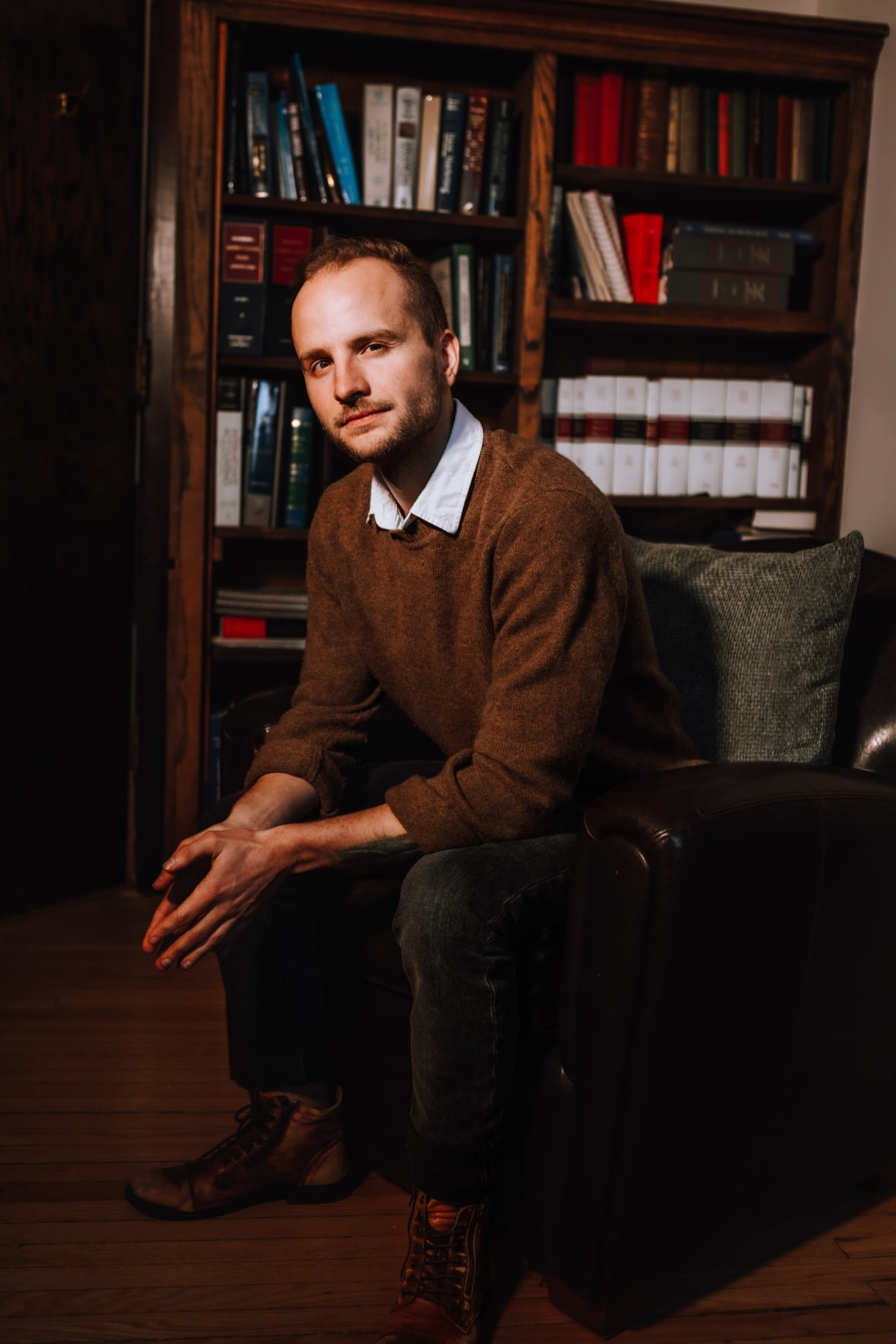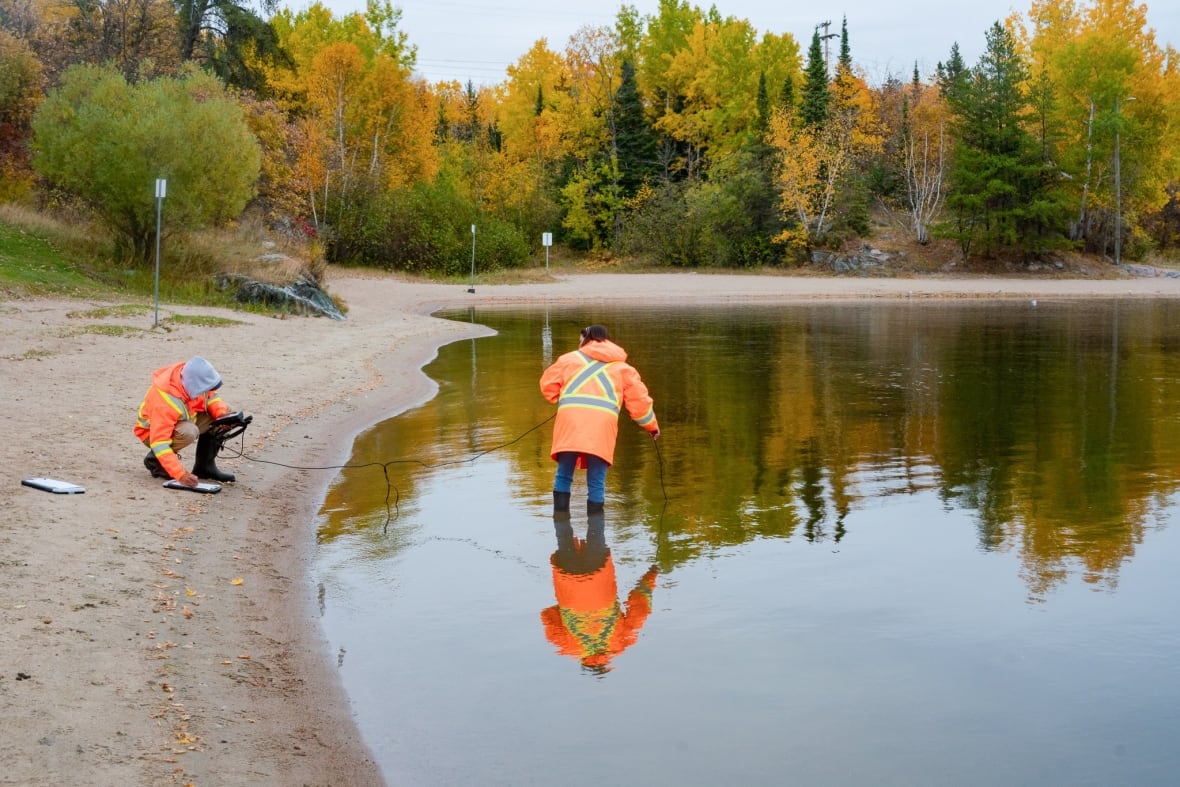As ownership on Anicinabe Park heads to trial, Chief says land claim is "right thing to do"
Earlier this month, the Ontario Superior Court dismissed motions to strike the land claim.
Three Northwestern Ontario First Nations will officially get their day in court, as the land claim case for Kenora's Anicinabe Park will head to trial. On July 14, the Ontario Superior Court dismissed separate motions filed by the Attorney General of Canada and the City of Kenora to strike the land claim.
In court documents from the dismissal, Ontario Superior Court Justice Robin Lepere found it was not "plain and obvious" that the land claim was statute barred.
The case was first filed by Niisachewan Anishinaabe Nation, Wauzhushk Onigum Nation and Washagamis Bay First Nation last November. In their legal fight to reclaim the land, the First Nations argue that the park has been used by their ancestors for centuries as a place to gather food and meet with loved ones.
"We used to pick medicines, we used to grab our rice there, we used to have gatherings there," said Brenda Chartrand, a council member for Washagamis Bay First Nation.
The 14-acre park was sold to the City of Kenora in 1959 by the Federal Government. Prior to the sale, the land had been purchased by Ottawa in 1929 from a private citizen, according to court documents.

Over the next 30 years, the lands were set aside for use by the First Nations. The park's proximity to the site of the former St. Mary's Indian Residential School was an important reason for families to gather there.
"It took on particular significance when St. Mary's Residential School opened in Kenora because families would come here to be close to the children attending that residential school," said Luke Hildebrand, a lawyer for Headwaters LLP, who is representing the First Nations in the case.
When the land claim was first filed, the First Nations claimed the federal government had failed in its legal, fiduciary and constitutional responsibilities when it sold the park to the city. Hildebrand says the legal challenge for the land stands on the basis that the First Nations were not consulted, nor did they give their consent to the sale, and therefore the land should be returned.
A land claim years in the making
Despite being three separate and distinct First Nations, Niisaachewan Anishinaabe, Wauzhushk Onigum and Washagamis Bay jointly filed the land claim in a unified front. The three First Nations were a single community at the time the park was sold.
The separation into three distinct communities occurred in the late 1970s, though Cobiness says they remain close.
"We bring our elders together, we bring our youth, you know, we celebrate our internal agreements or partnerships," said Lorraine Cobiness, Chief of Niisaachewan Anishinaabe Nation.
In the six decades since Anicinabe Park was sold to Kenora, the site has become a central touchstone in Indigenous peoples' fight for reconciliation.

In 1974, the Ojibway Warrior Society hosted a six week occupation in the park that saw members of First Nations from across the continent, including members of the American Indian Movement, join the protest. Central to the protest was the demand for better living conditions, access to land and an improved quality of life.
The group also demanded that Anicinabe Park be returned to the surrounding First Nations.
According to court documents, both the federal government and the City of Kenora attempted to have the land claim struck under the Real Property Limitations Act. The act requires land claims to be made within ten years of the point of sale.
However, Hildebrand says that Indigenous and treaty rights do not have limitations in Ontario. "They need to be dealt with on their merits, and that's what the court found in this case."
No explanation owed
The City of Kenora remains resolute in its commitment to defending it's ownership of Anicinabe Park. However, they also say they are open to discussions over alternative resolutions regarding ownership.
"Unfortunately, there is no compromise to be considered by the Plaintiffs regarding the future use and ownership of Anicinabe Park at this time," said city spokesperson Mya Horley in an emailed statement to the CBC. "The Plaintiffs have been clear the only resolution they will consider currently is full title to the land."
For Chartrand, the only path forward is for the ownership of the park lands to be fully transferred to Niisaachewan Anishinaabe, Wauzhushk Onigum and Washagamis Bay.
"No, Kenora shouldn't have any opportunity in the Anicinabe Park," Chartrand said."It's rightfully ours and it should be returned back and I don't think we owe anything for Kenora, we don't owe an explanation to them."
The reclamation of Anicinabe Park has also come to be seen as an unfinished act of reconciliation, says Cobiness.
In an emailed statement to the CBC, Eric Head, spokesperson for Crown-Indigenous Relations and Northern Affairs Canada said the federal government was committed to advancing reconciliation with Indigenous Peoples.
"Whenever possible, we aim to resolve claims through respectful dialogue and negotiated settlements, rather than through the courts," Head wrote. "Negotiated outcomes continue to be the Government of Canada's preferred approach."
According to court documents, Grand Council Treaty #3 submitted a similar land claim for Anicinabe Park in November 1974, a few months after the Objiway Warrior Society occupation. At the time, the Attorney General of Canada supported the First Nations in their claim.
Last month, in Fort Frances, Ont., an Ontario Superior Court Judge dismissed ownership claims made by the town to the Point Park territory. The legal dispute between the First Nations of Nigigoonsiminikaaning, Naicatchewenin, Couchiching, and Mitaanjigamiing and the Town of Fort Frances had been persisting since the late 1990s.
Cobiness says that the decision in Fort Frances has been a reminder of how long a legal process can drag on for.

Currently, there is no set date for the Anicinabe Park trial, though Hildebrand asserts the First Nations are hoping to head to court as soon as possible.
As for what the First Nations hope to do with the park in the event their land claim is successful, they say they want it to remain an open and welcome space for everyone, both Indigenous and Non-Indigenous.
"This is not about money, it's about the land, what it represents, what it means to our people," Cobiness said. "It was also a big part of doing the right thing."

